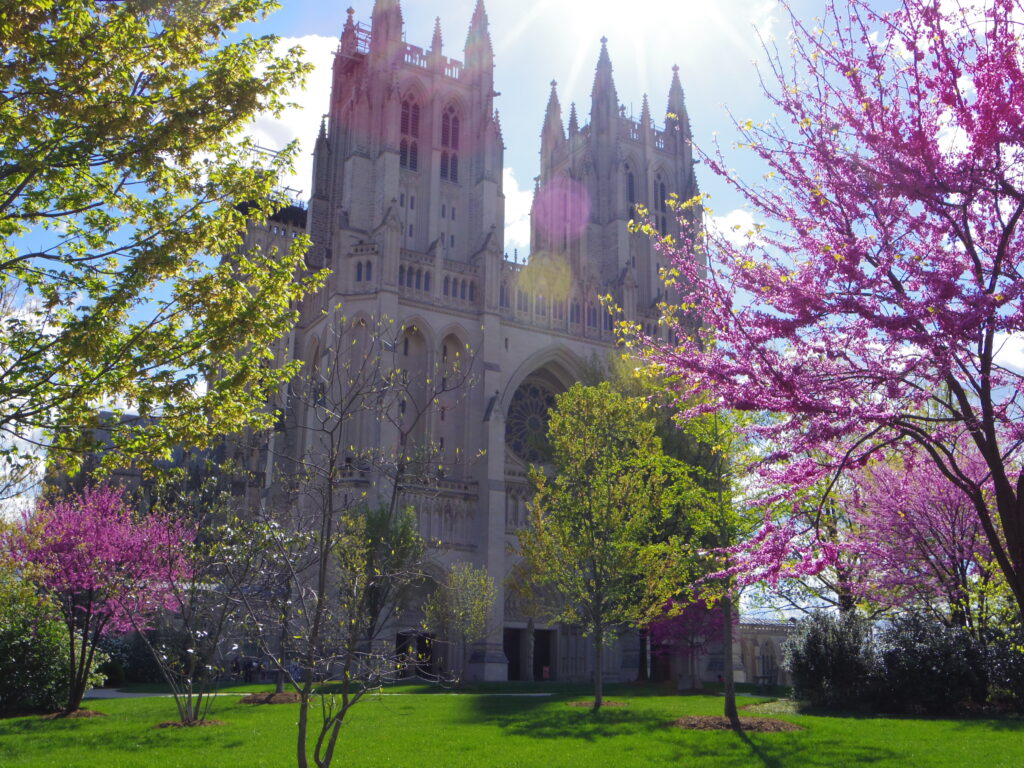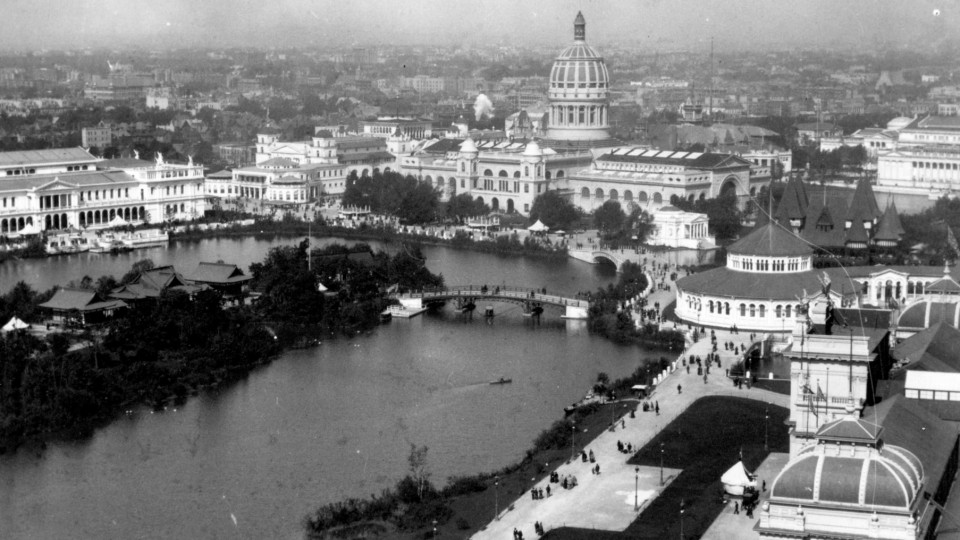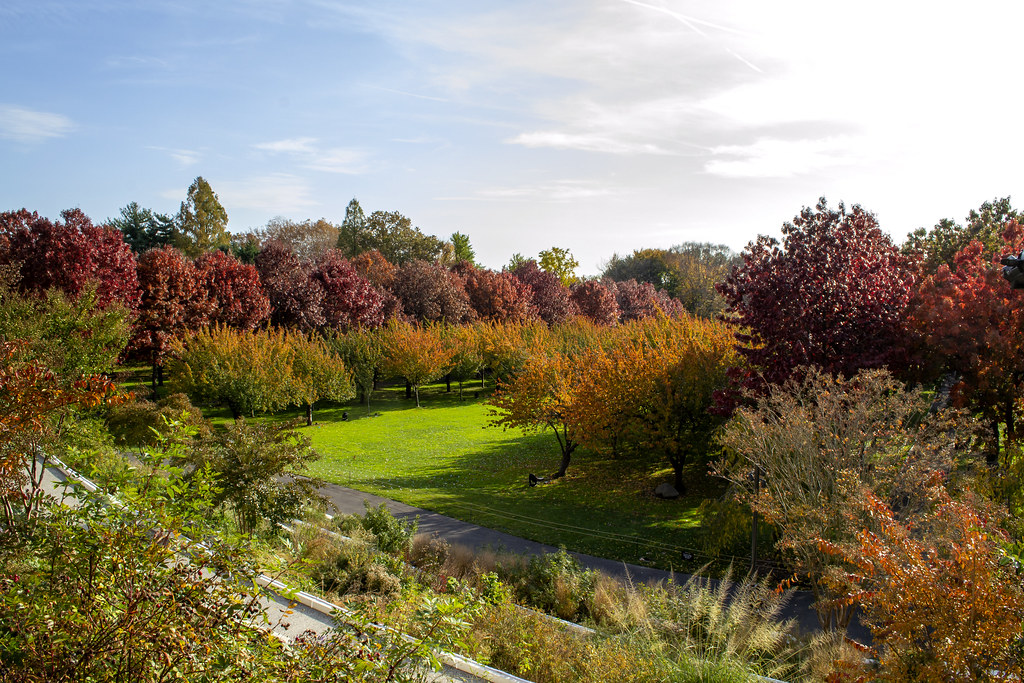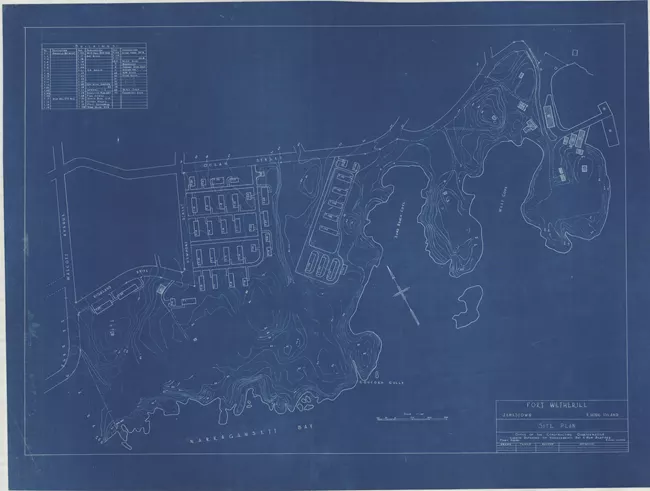
The list of projects associated with church grounds is not long, which is not surprising because the focus in this type of development is on the structure, not the landscape. However, there are a few notable exceptions. During the career of Frederick Law Olmsted it would appear that there was only one commission of note that he designed: Brookline’s First Parish Church, which is very close to Fairsted, Olmsted’s home and office in Brookline, Massachusetts. In addition to the proximity and setting of the church, this congregation founded in 1717 notes in its history that it survived the schism of Congregationalists and Unitarians in the early nineteenth century and the two communities continued to worship together and dedicate this notable structure and setting in 1893, a decade after Olmsted’s move to Brookline. It is likely that the age and tolerance of this community would have appealed to Olmsted, who was a seventh-generation New Englander and not known to have had any strong connection to a particular church or denomination.
Another significant commission for the Olmsted firm in this thematic category includes the long association of Frederick Law Olmsted Jr. with the National Cathedral in Washington, D.C. The Cathedral’s All Hallows Guild, a volunteer organization, was founded in 1916 to oversee the beautification and maintenance of the Cathedral gardens and grounds. On the Guild’s seventy-fifth anniversary, Olmsted historian Susan L. Klaus (see Subdivisions and Suburban Communities) noted that the relationship with the Cathedral grew out of the role of Olmsted Jr. with the McMillan Commission, the three-person team organized by Congress in 1900 to extend the L’Enfant plan for Washington, D.C., and the Capitol area. In the true Olmsted tradition, Olmsted Jr. was involved at the National Cathedral as early as 1907 to help select a site “most rare in picturesqueness and beauty” and was still consulting in the mid-1920s to oversee the completion of three phases of planning and construction that included a campus of buildings, gardens and woodland.
A thorough study of this category should include a review of Subdivisions and Suburban Communities as well as College and School Campuses for church grounds that may have been developed as part of larger community plans.











